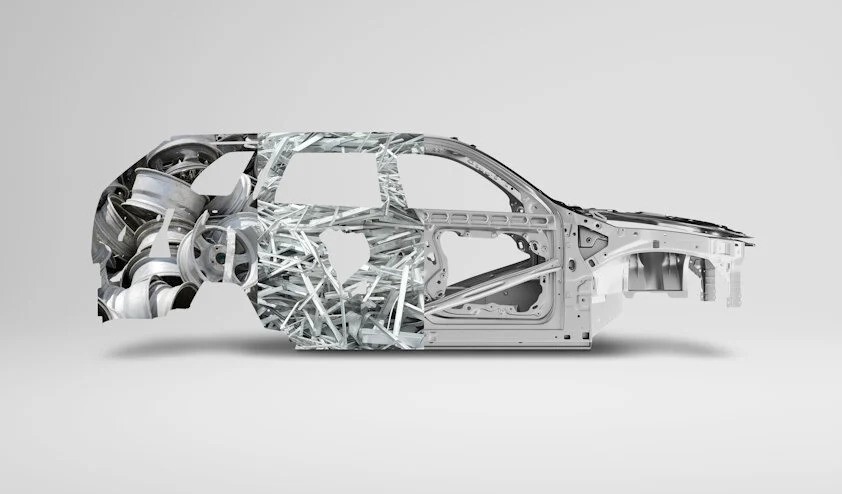

Hydro and Nemak, the two old allies, have reportedly formed another strategic partnership to develop low-carbon aluminium casting products for the automotive industry to decarbonise the car manufacturing sector and help automakers reach their sustainability goals.

What goes into producing the new low-carbon aluminium casting products is more post-consumer scrap and the right mix of cleaner energy as power sources like natural gas and electrical boilers at Hydro’s Alunorte alumina refinery in Brazil.
Hydro and Nemak have embarked on this new, long-term collaboration to develop foundry alloy aluminium solutions with a CO2 footprint below 3 kg CO2 per kilogram of aluminium. Otherwise, the partnership between Hydro and Nemak is old in the industry with the supply agreement of Hydro REDUXA primary foundry alloy with a carbon footprint below 4 Kg CO2 per kilogram of aluminium.
So, this new alliance can be viewed as a renewed one with a shared ambition of further reducing the carbon footprint in the automotive industry by 25 per cent, through research and development of next generation of alloys used in casting components.
Commenting on the new project and strategic partnership, Hanne Simensen, Executive Vice President for Hydro Aluminium Metal, said: “Expectations from society and customers towards business and industry to drive change are rising rapidly. Our strengthened collaboration with Nemak means we will develop more circular products and work towards pushing carbon footprint reduction to the limit. This can make a difference for automotive companies looking to decarbonise their supply chains and meet ambitious sustainability goals.”
Armando Tamez, Chief Executive Officer for Nemak, commented: “As the automotive industry accelerates toward sustainability, Nemak is at the forefront of delivering lightweighting solutions. Aluminium is one of the most effective ways to improve the energy efficiency of electric and hybrid vehicles, and through our collaboration with Hydro, we are enhancing our lightweighting solutions to drive sustainable mobility forward.”



Responses






